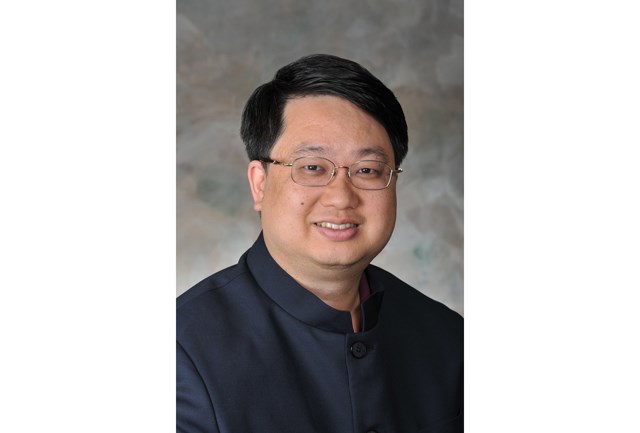As Thursday marks the last public forum on potential school closures, Richmond Board of Education chair Eric Yung fears some parents may be staying home, thinking a decision is a done deal.
However, that is not the case.
“There should be no one who can say ‘I’m not on the list and I don’t have to participate,’ just as much as there should be no one who is overly panicked and say ‘my school is going to close tomorrow.’ No decisions have been made but what we need is a broad conversation,” said Yung.
Earlier this year, a district report listed various schools may not meet particular standards to remain open.
The Richmond News published that information last month, but Yung said it has led to misunderstandings and the assumption that specific school closures have already been determined.
“We are probably going to have to close schools, but we have not decided which schools we are going to close,” said Yung.
That decision will be based on public feedback, he added, and not necessarily the condition of any one particular school.
As part of its long-range facilities plan, the district has looked at various factors at each individual school, such as its capacity, operating costs and the need for seismic upgrades.
But at the root of the looming closures is a Ministry of Education guideline that states in order for a school to receive seismic upgrades, it must be running at about 95 per cent capacity.
Complicating matters is shifting populations in Richmond.
Yung said most schools, especially in west and south Richmond, are not near the Ministry’s threshold, so the district must transfer students from closed schools in order to boost enrolment elsewhere.
“The Ministry is saying, you have too much capacity and there’s no reason to fix all of them, so you have to pare them down,” said Yung, noting that seismic upgrades are the number one priority.
“We simply cannot justify putting kids in places we know are seismically unsafe. It’s irresponsible,” however, “I have no other choice.
“As soon as possible I’d like all the seismic work done so I can breathe a sigh of relief.”
In total, 25 schools need upgrades, according to the district.
Closures would tentatively commence at the end of 2016, said Yung.
Meanwhile, the decision to close any one particular school will be based on feedback from parents and the general public at the forums or online at LetsTalkSD38.ca.
Yung said the board is trying to determine what parents value.
“Do you prefer small schools or do you like large schools?” asked Yung, as an example.
For instance, the district could close one large school or several smaller schools, or a combination.
Yung said large schools offer more programs because there are more students, whereas small schools offer more personalized learning and are more convenient for walking to school.
“Does the community value having enough schools to walk to — so walking distance is a prime criteria?” asked Yung.
On the other hand, “you can have that math club or chess club because there are enough kids to participate in larger schools,” said Yung.
“There’s no right or wrong answer in all of this,” he added.
Yung said it’s unlikely — based on projected demographics — a high school will close.
As for what to do with any closed schools, Yung said the board would have to deem the land surplus, then the community would be consulted.
The district is sitting on $41 million from the sale of Steveston High.
It will likely be using that money to partly fund two new elementary schools in central Richmond.
*The last open house is at Cambie secondary on Thursday at 7 p.m.



